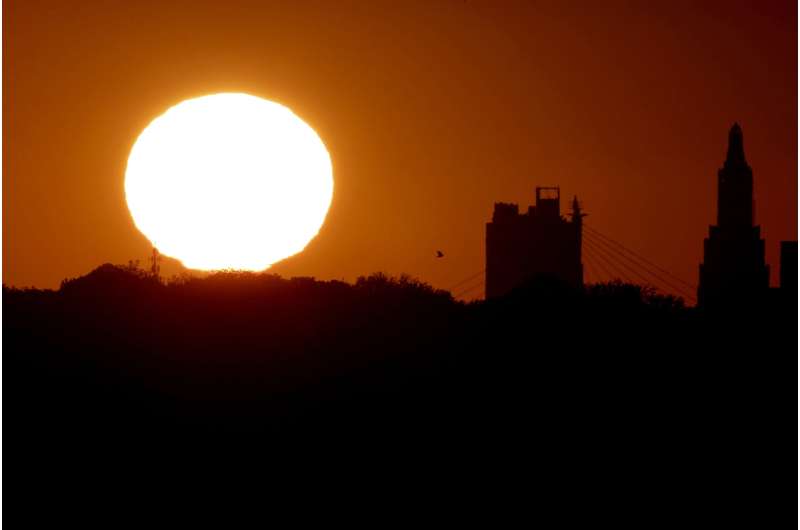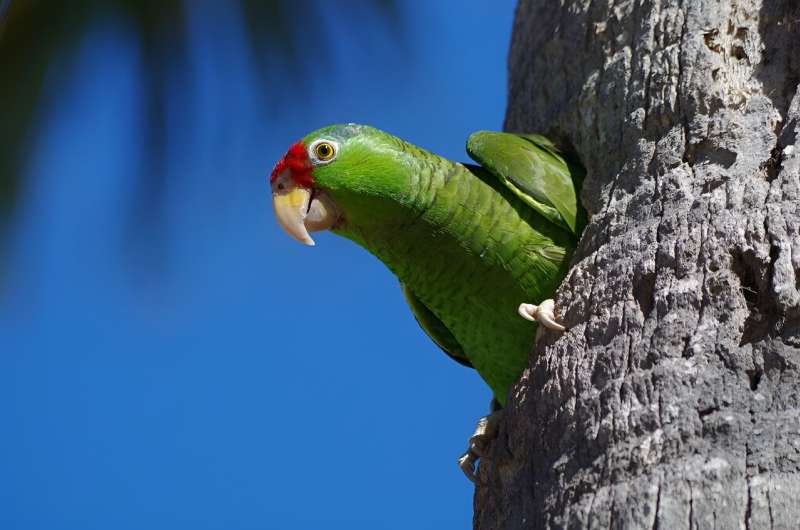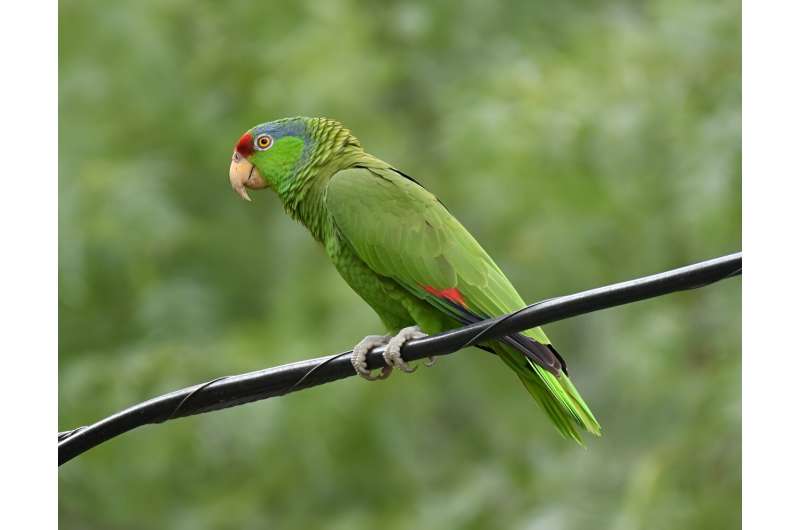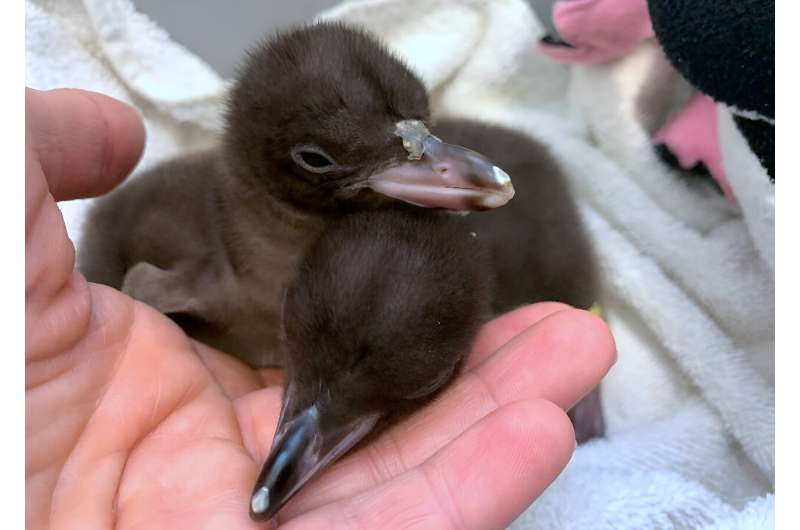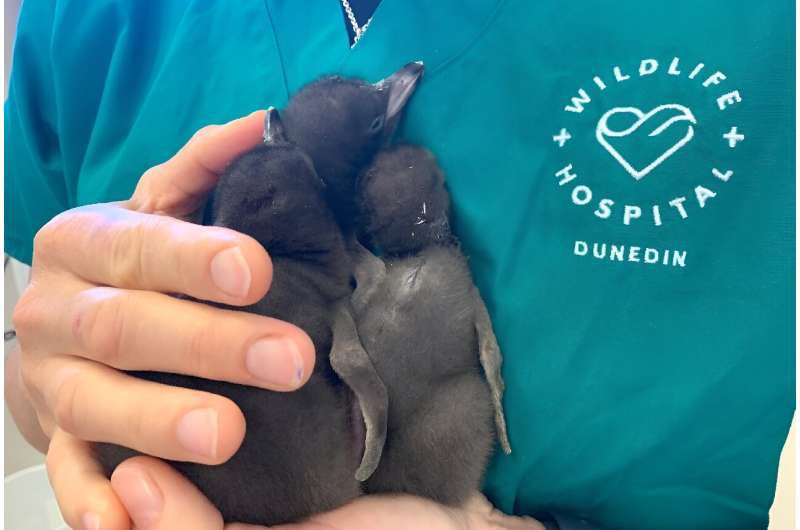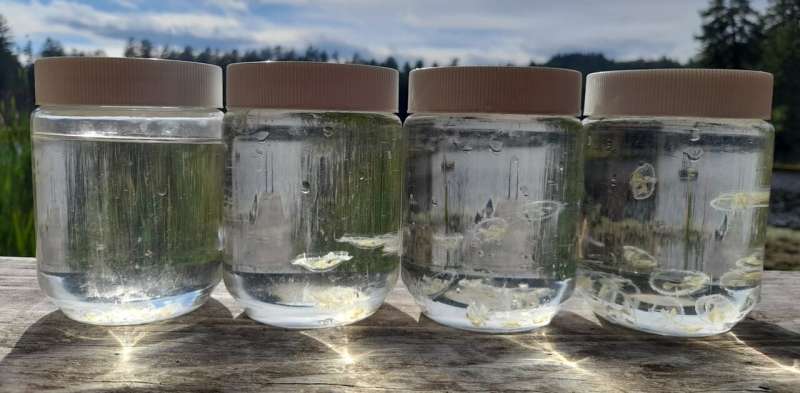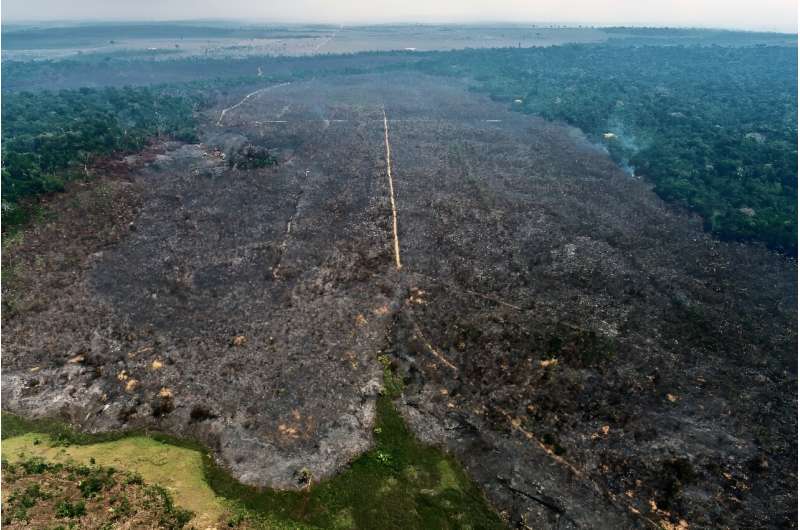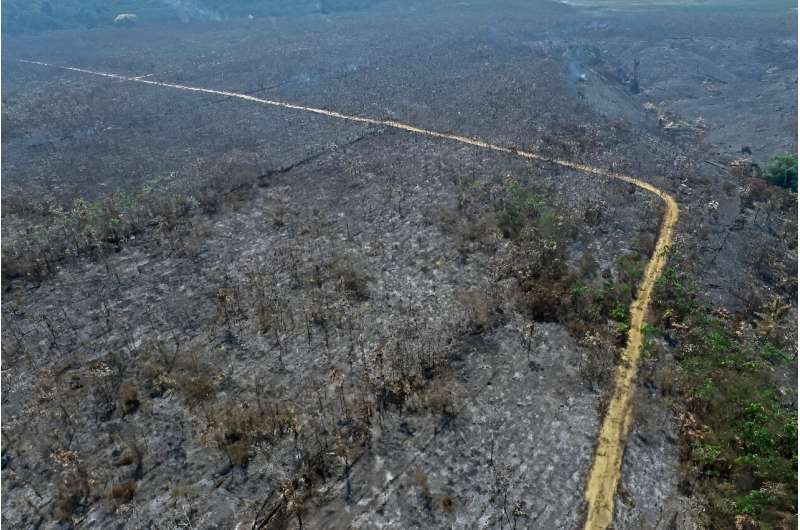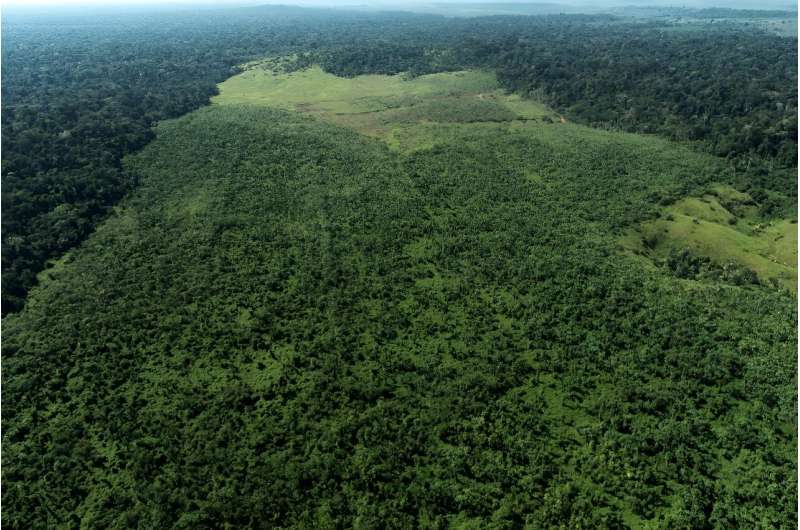


Siblings Sofia Oliveira, 18, and Andre Oliveira, 15, pose for a picture at the beach in Costa da Caparica, south of Lisbon, Wednesday, Sept. 20, 2023. They are two of the six Portuguese children and young adults set to take 32 European governments to court on Wednesday, Sept. 27, for what they say is a failure to adequately address human-caused climate change in a violation of their human rights.
BARRY HATTON and HELENA ALVES
Sat, September 23, 2023
COSTA DA CAPARICA, Portugal (AP) — Sofia Oliveira was 12 years old when catastrophic wildfires in central Portugal killed more than 100 people in 2017. She “felt it was now or never to raise our voices” as her country appeared to be in the grip of deadly human-caused climate change.
Now a university student, Sofia and five other Portuguese young adults and children between 11 and 24 years of age are due on Wednesday at the European Court of Human Rights, where they are accusing 32 European governments of violating their human rights for what they say is a failure to adequately address climate change. It’s the first climate change case filed with the court and could compel action to significantly slash emissions and build cleaner infrastructure.
Victory for them in Strasbourg would be a powerful instance of young people taking a legal route to force their governments to adopt a radical recalibration of their climate measures.
The court’s rulings are legally binding on member countries, and failure to comply makes authorities liable for hefty fines decided by the court.
The courts are increasingly seen by activists as a way of sidestepping politics and holding governments to account. Last month, in a case brought by young environmental activists, a judge in the U.S. state of Montana ruled that state agencies were violating their constitutional right to a clean and healthful environment by allowing fossil fuel development.
When the Portuguese group decided in 2017 they would pursue legal action, Sofia wore braces on her teeth, stood taller than her younger brother André and was starting seventh grade at school. The braces are long gone and André, who is now 15, is taller than her by a few centimeters (an inch or so).
The past six years, André noted in an interview with The Associated Press, represent almost half of his life.
What has kept them going through the piles of legal documents gathered by the nonprofit group supporting them and through lockdowns during the COVID-19 pandemic is what they call the pressing evidence all around them that the climate crisis is getting worse.
The Praia do Norte beach at Costa da Caparica near where Sofia and André live, just south of the Portuguese capital Lisbon, was about 1 kilometer (3,000 feet) long when his father was his age, André says. Now, amid coastal erosion, it measures less than 300 meters (1,000 feet). Evidence like that led him to attend climate demonstrations even before he became a teen.
The other four members of the Portuguese group — Catarina, Cláudia, Martim and Mariana — are siblings and cousins who live in the region of Leiria in central Portugal where summer wildfires are common.
Scientists say the climate of the Sahara is jumping across the Mediterranean Sea to southern European countries like Portugal, where average temperatures are climbing and rainfall is declining. Portugal’s hottest year on record was 1997, followed by 2017. The four driest years on record in the country of 10.3 million people have all occurred since 2003.
It’s a similar story across Europe, and the legal arguments of the six Portuguese are backed by science. The Earth sweltered through its hottest Northern Hemisphere summer ever measured, with a record warm August capping a season of brutal and deadly temperatures, according to the World Meteorological Organization.
The world is far off its pledge to curb global warming, scientists say, by cutting emissions in line with the requirements of the 2015 Paris climate accord. Estimates say global average temperatures could rise by 2 to 4 degrees Celsius (2.6 to 7.2 Fahrenheit) since pre-industrial times by 2100 at current trajectories of warming and emissions reductions plans.
Among the specific impacts listed by the young Portuguese are being unable to sleep, concentrate, play outside or exercise during heat waves. One of their schools was closed temporarily when the air became unbreathable due to wildfire smoke. Some of the children have health conditions such as asthma that makes them more vulnerable to heat and air pollution.
They are being assisted by the Global Legal Action Network, an international nonprofit organization that challenges human rights violations. A crowdfunding campaign has drawn support from around the world, with messages of support coming from as far away as Japan, India and Brazil.
Gerry Liston, a GLAN legal officer, says the 32 governments have “trivialized” the case. “The governments have resisted every aspect of our case … all our arguments,” he said.
André describes the governments as “condescending.” Sofia adds: “They don’t see climate as a priority.”
Portugal’s government, for example, agrees the state of the environment and human rights are connected but insists the government’s “actions seek to meet its international obligations in this area” and cannot be faulted.
At the same time, some governments in Europe are backsliding on commitments already made.
Poland last month filed legal challenges aimed at annulling three of the European Union’s main climate change policies. Last week, the British government announced it is delaying by five years a ban on new gas and diesel cars that had been due to take effect in 2030. The Swedish government’s state budget proposal last week, meanwhile, cut taxes on gas and diesel and reduced funding for climate and environmental measures.
Amid those developments, the courts are seen by activists as a recourse.
The London School of Economics says that globally, the cumulative number of climate change-related cases has more than doubled since 2015 to more than 2,000. Around one-fourth were launched between 2020 and 2022, it says.
The Portuguese activists, who are not seeking any financial compensation, will likely have to wait some more. The verdict in their case could take up to 18 months, though they see the court’s decision in 2020 to fast-track the proceedings as an encouraging sign.
A precedent is also giving the activists heart. The Urgenda Foundation, a Dutch organization that promotes sustainability and innovation, brought against the Dutch Government the first case in the world in which citizens argued that their government has a legal obligation to prevent dangerous climate change.
In 2019, the Dutch Supreme Court found in Urgenda’s favor, ruling that the emissions reduction target set by the government was unlawfully low. It ordered authorities to further reduce emissions





The government consequently decided to shut down coal-fired power plants by 2030 and adopted billion-euro packages to reduce energy use and develop renewable energy, among other measures.
Dennis van Berkel, Urgenda’s legal counsel, accused governments of choosing climate change targets that are “politically convenient” instead of listening to climate scientists. Judges can compel them to justify that what they are doing on climate issues is enough, he said.
“Currently there is no such scrutiny at any level,” he told the AP. “That is something incredibly important that the courts can contribute.”
___
Associated Press writers Samuel Petrequin in Brussels and Jan M. Olsen in Copenhagen contributed to this report.
___
Associated Press climate and environmental coverage receives support from several private foundations. See more about AP’s climate initiative here. The AP is solely responsible for all content.

